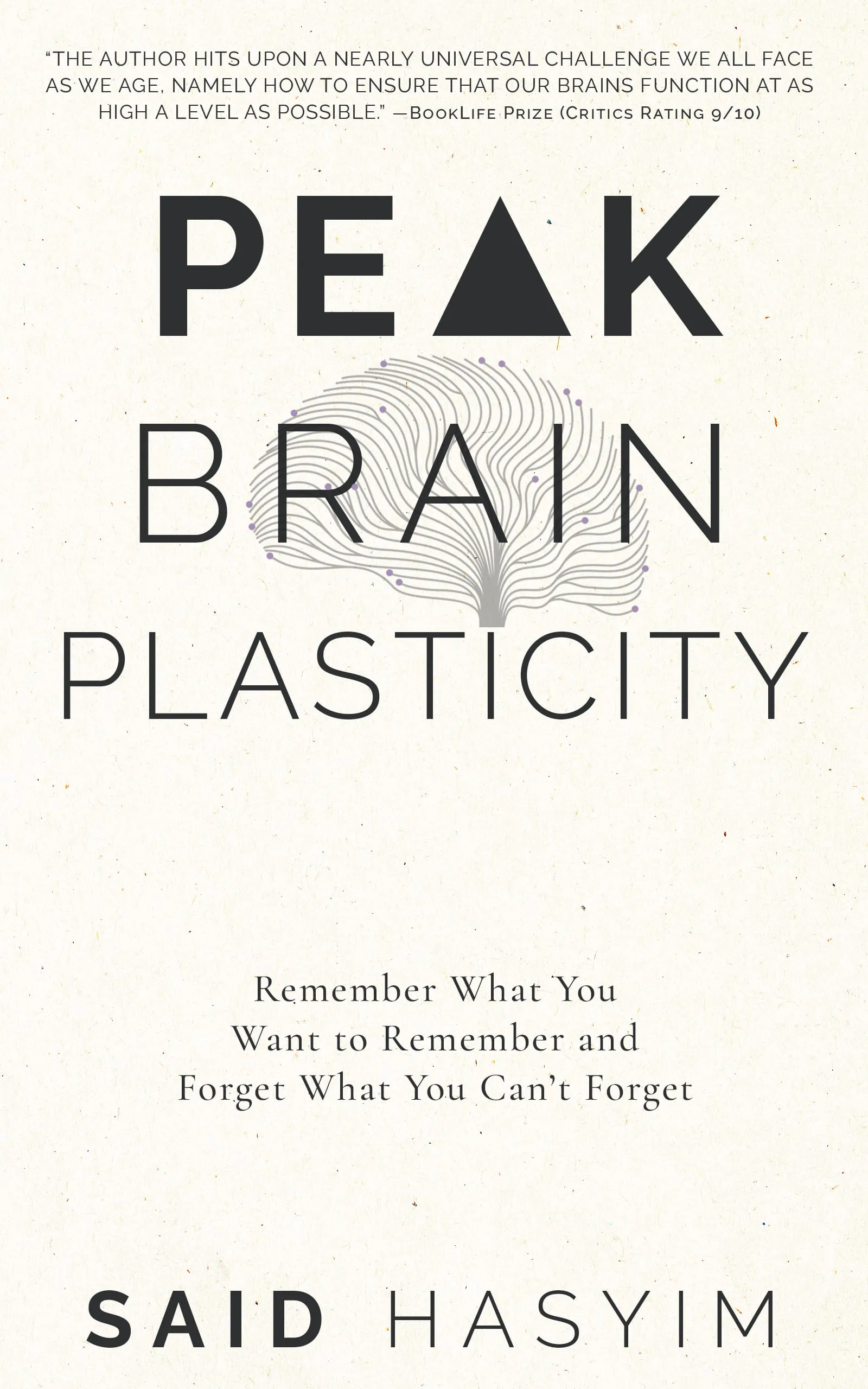Memory Techniques That Leverage Brain Plasticity
Memory, often regarded as a static repository of information, is in fact a dynamic and malleable phenomenon, influenced significantly by brain plasticity. Brain plasticity, or neuroplasticity, refers to the brain's remarkable ability to reorganize itself by forming new neural connections throughout life. This ability enables learning, adaptation, and recovery from injuries. Understanding how to harness this phenomenon can significantly enhance our memory capacity. In this post, we'll delve into various memory techniques that capitalize on brain plasticity to optimize memory retention and recall.
Understanding Neuroplasticity
Before exploring memory techniques, it's vital to understand what neuroplasticity entails. Traditionally, it was believed that the brain's structure was fixed after a certain age. However, research has demonstrated that the brain can change in response to learning, experience, and environmental factors. Neuroplasticity involves several processes:
- Synaptic plasticity: The strengthening or weakening of synapses based on the frequency of activity, which is crucial for learning.
- Structural plasticity: The physical changes in the brain's structure, including the growth of new neurons (neurogenesis) and the creation of new connections.
- Functional plasticity: The brain's ability to transfer functions from damaged areas to undamaged areas.
By utilizing techniques that enhance neuroplasticity, we can not only improve our memory but also stimulate cognitive development.
Memory Techniques
1. Visualization
Visualization is one of the most potent memory techniques that can enhance memory retention. By creating vivid mental images associated with the information you want to remember, you tap into the brain's capacity for imagery, which is particularly powerful in strengthening memory pathways.
How to Implement:
- Convert information into visual formats: Transform words or concepts into vivid images, colors, and scenarios.
- Use the method of loci (memory palace): Associate images with specific locations in an imagined environment. As you mentally traverse this space, you can recall the images (and thus the associated information).
2. Spaced Repetition
Spaced repetition involves reviewing material at increasing intervals over time rather than cramming information in a single study session. This technique leverages the spacing effect—a psychological phenomenon where information is more easily recalled if studied over a spaced timeframe.
How to Implement:
- Utilize digital flashcards with spaced repetition algorithms, which reschedule repeated exposure to content based on how well you remember it.
- Create a personalized review schedule, spacing out study sessions over days, weeks, or even months.
3. Mind Mapping
Mind mapping is a visual representation of concepts that allows you to see the relationships between ideas. This technique engages different areas of the brain and encourages creative thinking, making information easier to recall.
How to Implement:
- Start with a central idea and branch out into related subtopics. Use colors, images, and symbols to enhance memorization.
- Regularly revisit and update your mind maps as you learn more about the subject, which reinforces your neural pathways associated with that memory.
4. Mnemonics
Mnemonics are memory aids that use associations to facilitate recall. This technique leverages neural connections and can be particularly useful for remembering lists, formulas, or complex concepts.
How to Implement:
- Use acronyms or acrostics to represent a sequence of ideas or items. For example, "PEMDAS" (Parentheses, Exponents, Multiplication and Division, Addition and Subtraction) for order of operations in mathematics.
- Create a narrative or story that incorporates the ideas you need to remember, facilitating a more enjoyable recall process.
5. Multi-Sensory Learning
Incorporating multiple senses enhances neural connections and facilitates long-term retention. Multi-sensory learning activates different pathways in the brain and provides various cues for recall.
How to Implement:
- Combine visual aids, auditory materials, and hands-on experiences in your learning process. For instance, listen to a lecture while following along with a workbook and engaging in practical exercises.
- Use tools like color-coding and tactile objects (e.g., models or manipulatives) to create a richer understanding of concepts.
6. The Feynman Technique
Named after physicist Richard Feynman, this technique involves teaching a concept to someone else in simple terms. This process requires you to break down complex topics into key ideas, promoting deeper understanding and retention.
How to Implement:
- Choose a topic you want to learn and try to explain it to someone else as if they have no prior knowledge.
- Identify gaps in your understanding, revisit these areas, and refine your explanation.
7. Physical Exercise
Regular physical activity significantly benefits brain health. Exercise increases blood flow, stimulates neurogenesis, and enhances mood and cognition—factors that all contribute to improved memory function.
How to Implement:
- Engage in cardiovascular exercises, such as running, swimming, or cycling, which promote blood flow to the brain.
- Incorporate strength training and flexibility exercises to enhance overall physical health and cognitive function.
8. Adequate Sleep
Sleep plays a critical role in memory consolidation. During sleep, the brain processes and organizes memories, making it essential for learning and retention.
How to Implement:
- Prioritize a consistent sleep schedule to ensure adequate rest and recovery.
- Create a relaxing bedtime routine to enhance sleep quality and duration.
Conclusion
Harnessing the power of brain plasticity through these memory techniques can significantly enhance your ability to learn and retain information. By actively engaging with materials using visualization, spaced repetition, mind mapping, mnemonics, multi-sensory learning, and teaching others, you can leverage the brain's adaptive nature to improve memory function.
Incorporating physical exercise and ensuring adequate sleep further strengthens these efforts, creating an environment conducive to optimal memory retention. Remember, the key to effective learning lies not only in the techniques employed but also in fostering a mindset open to growth and change. Embrace these strategies, and unlock your brain's potential to transform your memory skills!
Harness the Power of Neuroplasticity
Discover Peak Brain Plasticity, a practical book to harnessing neuroplasticity. Enhance your memory, learn new languages quickly, and alleviate anxiety with effective study methods. Uncover daily habits that impact cognitive health and explore techniques for accelerated learning and memory retention. Unlock your brain's potential for growth and transformation.
